Ever feel like you’re juggling a dozen flaming torches while blindfolded – only to be told you also need to “drive growth” and “align the org”?
Whether you’re a solo PMM in a scrappy startup, one of many spinning plates in a mid-sized team, or the go-to-market guru at a large enterprise, the expectations on product marketers are sky-high – and constantly shifting.
You're the bridge between the product and the customer, the translator of value, the driver of adoption – but no one hands you a rulebook for how to thrive in this role.
So, in this article, I’m sharing five hard-earned lessons from two decades in product marketing – lessons that apply no matter what kind of company you’re in. Together, we’ll explore how to:
- Lead with the customer
- Weaponize data
- Build for scale
- Set clear rules of engagement
- Think AI-first
Let’s dive in.
Lesson #1: Lead with the customer
We all know that a product’s value proposition is only as strong as what a customer is actually willing to pay for, right?
Still, there’s often this belief that if we build it, they will come. But you can develop the most amazing product in the world, and if there’s no demand, no product-market fit, or if it’s simply too advanced for customers to adopt, you’re likely going to fail.
Customers generally have a certain way they want to engage with a product or service, while companies, understandably, have their own business priorities. Unfortunately, those two things don’t always align. And when they don’t, you’ve got a problem.
The real question is, how do we bring those two things together?
Lessons from Amazon
During my five years at Amazon, I held a few different roles – most of them on the AWS side, and later on the corporate development team focused on product innovation.
One of the things I loved most about working there was the relentless customer obsession. At Amazon, customer centricity isn’t just a buzzword – it’s built into the culture. They recognize that great ideas can come from anywhere, and there are mechanisms in place to surface those ideas from across the org.
One of those mechanisms is called the working backwards process. It’s essentially a framework that helps product and engineering teams translate customer feedback into tangible, consistent input they can act on. It ensures that ideas – especially ones rooted in solving customer pain points – don’t stay siloed in the orgs that come up with them.
How the working backwards process works
Here’s how the working backwards process works. First, if you’ve identified a customer pain point or a new product idea, you’re asked to answer five specific questions. These are all designed to center your thinking around the customer:
- Who’s the customer?
- What’s the customer problem or opportunity?
- What’s the most important customer benefit?
- How do you know what the customer needs or wants?
- What does the experience look like?
Once you've tackled those questions, the next step is to write a PR FAQ. You fast-forward into the future and imagine launch day. You write a mock press release, as if the product or service is live and being announced to customers. This helps clarify what you're building, why it matters, and what value it delivers – written in the customer's voice, for an external audience.
Then comes the FAQ part, which is more internally focused. It’s where you anticipate questions stakeholders might have – everything from “Why are we building this?” to “How do we know this is worth the investment?” The goal is to articulate the customer benefit and make the business case for moving forward.
It’s an end-to-end process, entirely anchored on how we make life better for the customer.
Customer-centricity at Dell
This customer-first mindset isn’t just something I saw at Amazon. At Dell, we used customer advisory boards (CABs) as a way to stay connected to our users.
Twice a year, we’d invite customers to in-person sessions at nice locations and give them a behind-the-scenes look at what was coming – roadmaps, product previews, the works. More importantly, they got to build relationships with our senior product team.
They loved it. Not just because of the perks, but because they felt seen and heard. These weren’t just our biggest-spending customers, either – it was a cross-section from across our customer base.
It helped us, too. I can think of multiple moments when we faced churn or revenue risk, and it was those trusted relationships with CAB members that helped us change the outcome.
Lesson #2: Weaponize data
The second lesson is all about using data to your advantage – or as I like to say, weaponizing it.
A few years ago, I was working at a startup, which will remain nameless. In addition to heading up marketing, I was also the de facto product marketing manager. One of my key responsibilities was launching a new self-serve product.
The image above shows the funnel performance of that product. Let me walk you through it: on the far left, you see the number of signups – people who actually completed registration. In the middle, you see how many of those folks went on to enter credit card info and become paying customers. And on the right, you see the median time it took for someone to go from payment to launching their first project.
Let’s just say... the numbers weren’t great. We had early signals from user testing and feedback sessions that the experience had serious UX issues. But the internal stance was, “Let’s just ship it.”
When your biggest stakeholder is also the founder
Making matters more complicated, my main stakeholder was the founder, who also happened to be the chief product officer.
Now, if you’ve ever worked with founders, you know it can be a mixed bag. Some are brilliant and a joy to collaborate with. Others, especially when they’ve built the product from scratch, can be... well, a little mercurial. The product is their baby, and that deep emotional connection can make it hard for them to accept criticism or see alternate points of view.
So, I had to figure out how to navigate that. How do you influence someone who has a single-minded view of the product – and of their own ideas?


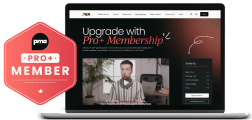

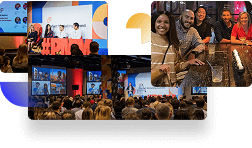
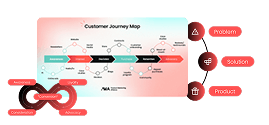
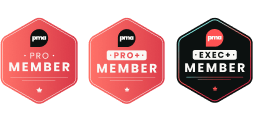

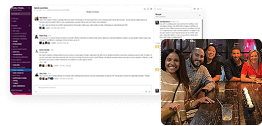
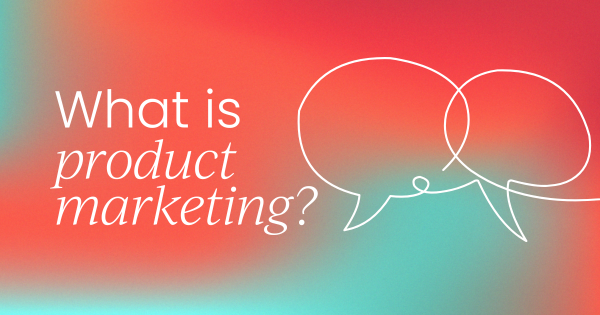
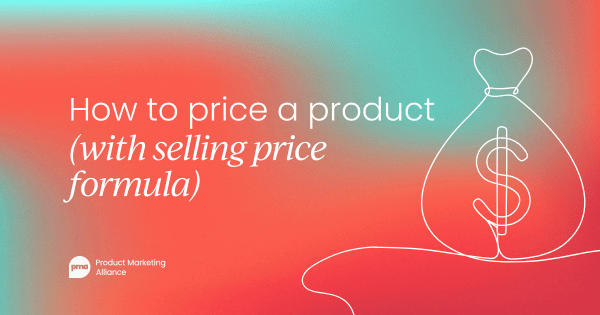
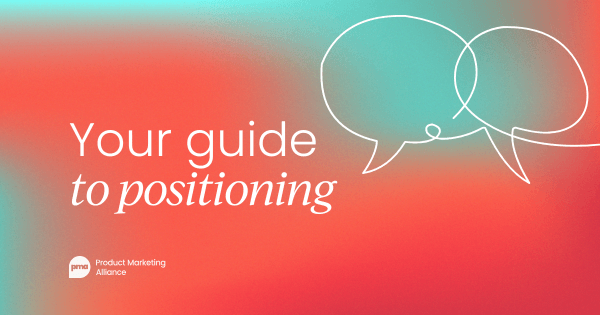
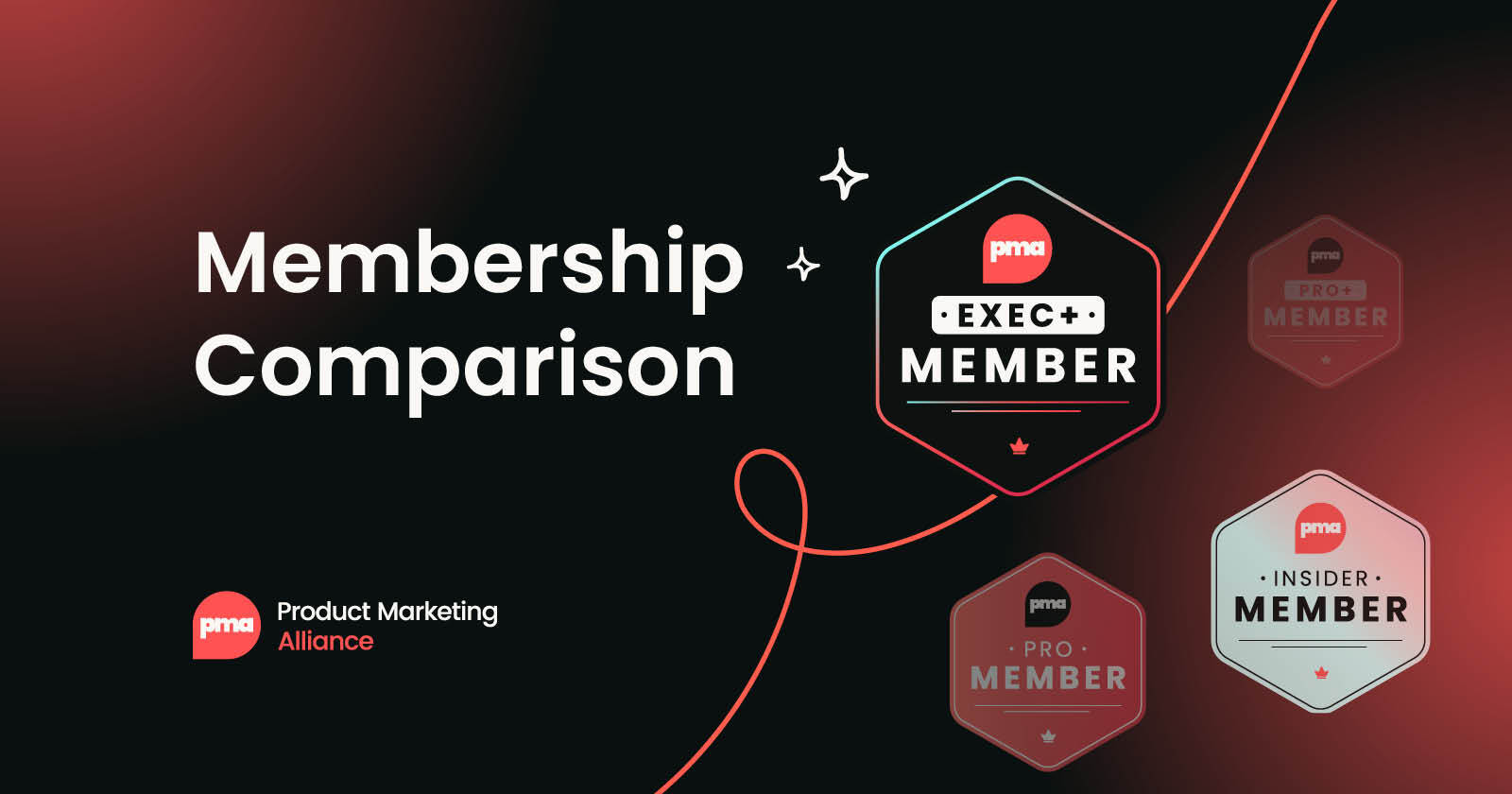
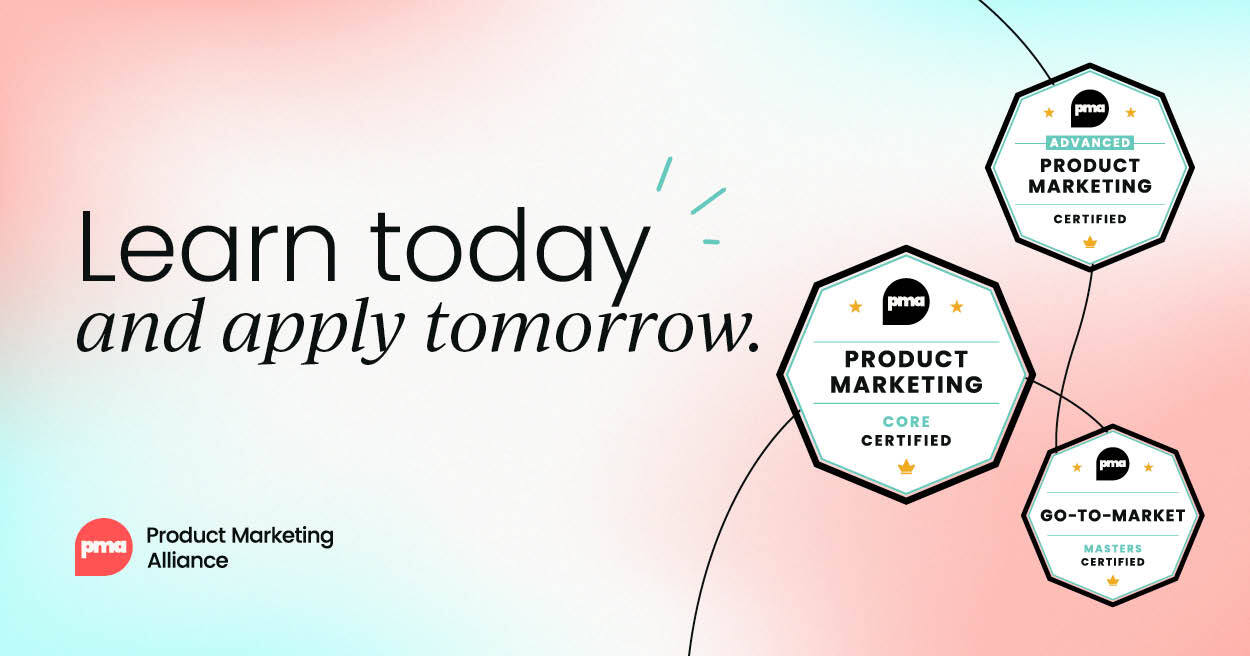
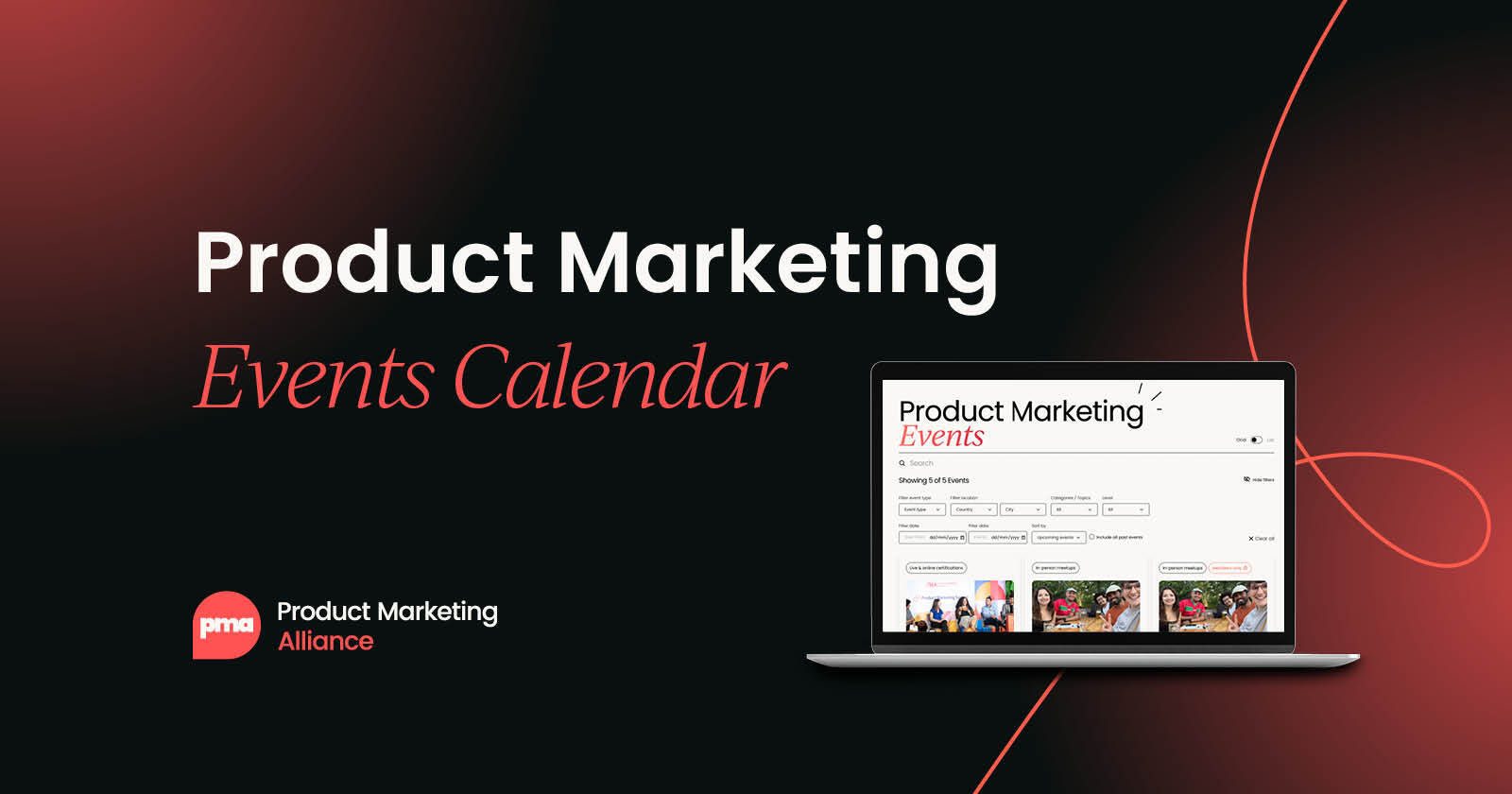


 Follow us on LinkedIn
Follow us on LinkedIn

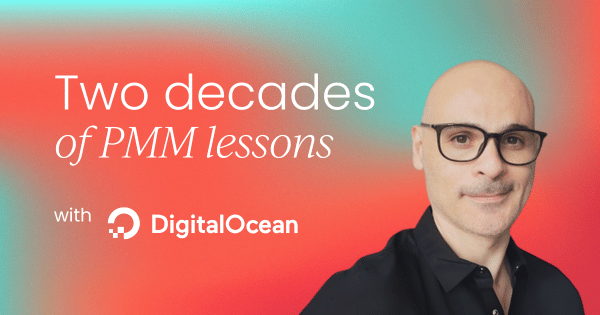


.svg)